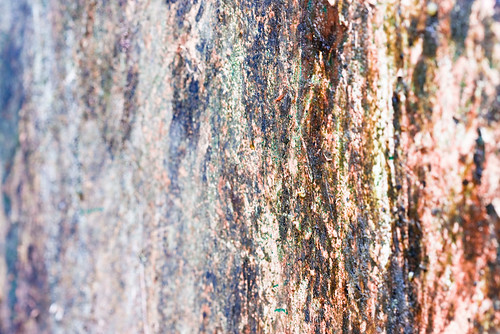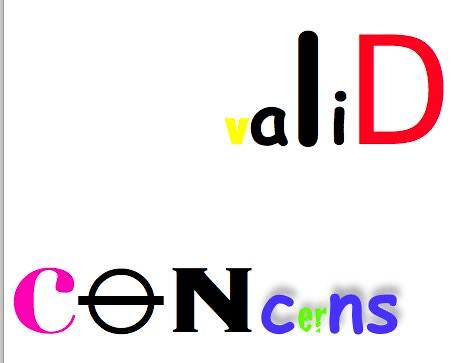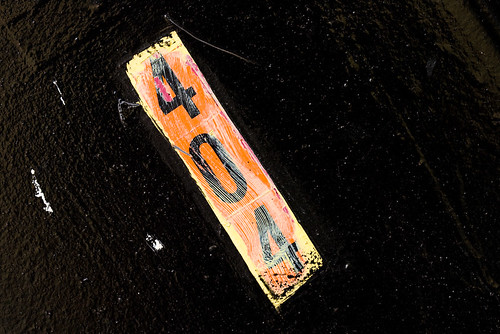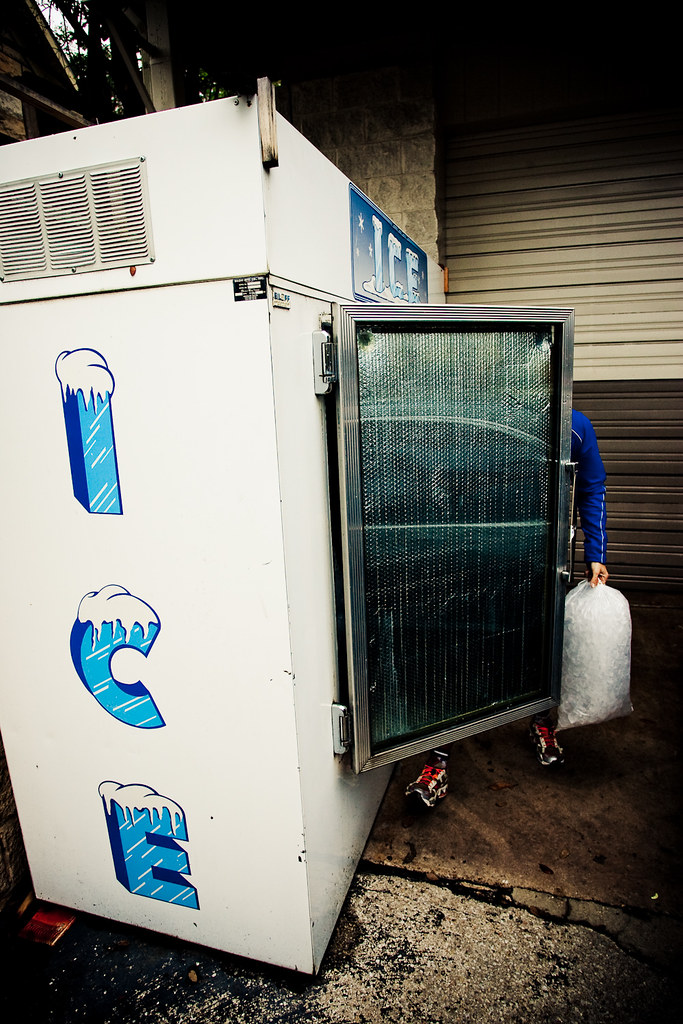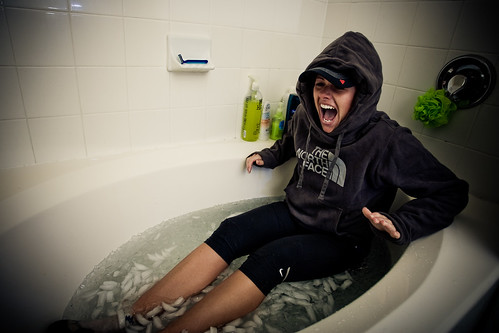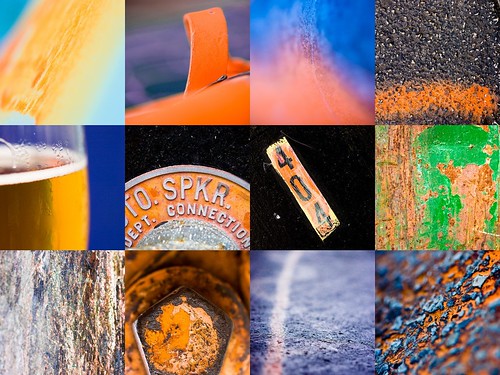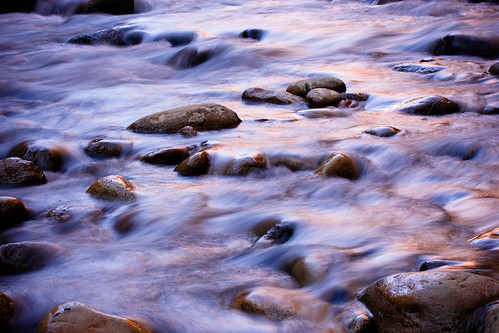SoFoBoMo last year was caught up in trying to understand just what a photographic book classically looked like. I studied books, read about the design process and tried to emulate all the best practices of a print book that I could find to copy. I borrowed as many big, expensive, heavy photographic books as I could get from the library. I poured over the books in my collection, not looking at the photography for a change, but looking at the construction and commonalities that made them a photographic book. All of this understanding was used to create a PDF. An electronic book. A simulacrum of a real book.
This year I'm beginning to question that approach. It may well be the right process to follow if you see SoFoBoMo as a step towards printing a physical book. Then you be right to view the PDF as a lesser version of the final goal. Something that you can share online to give people an idea of what the real end result might have looked like.
However, this time around I'm thinking about a different tack. One where the PDF is the actually desirable end goal, not just a compromise required to prove to the rest of the online world that the SoFoBoMo challenge was completed. Not a second class citizen, but a better option altogether.
This is in part inspired by Brooks Jensen's writing and podcasts on the utility of PDF. Brooks and I exchanged some email on his slight disappointment in the displays of books from last year that used Issuu. His disappointment stemmed from the removal or restriction of many of the best features of the PDF format (e.g., full screen views, full control, higher resolution, zoomable), by the use of an embedded flash-based viewer. At the time I was a bit uneasy about the features such as the animated page turning, that tries to mimic a real magazine or book. It seemed very gimmicky and a mistake to be using this new technology to emulate the older realization. Many of us used Issuu last year because of a lack of hosting options. This year SoFoBoMo will hopefully be able to host the PDFs directly, removing one level of indirection between the PDF and the potential audience, which should be an improvement. I'm beginning to think there are more interesting things that can be done with PDF than just trying to copy how a book looks.
Many of these thoughts crystalized in my mind today while watching Scott McCloud giving an overview of "Understanding Comics: The Invisible Art" in the TED talk, below. Take the 17 minutes to watch it. I'll wait. The good stuff starts about 7 minutes in though the whole thing is enjoyable.
Scott is obviously talking about comics and comic books. But comics are just another form of picture book, in many ways similar to a photographic book. Photography too is obviously a visual medium that tries to channel all of the senses through vision. Photographic books might seem like the highest form of displaying photographs, along perhaps with a gallery show. These are probably the two goals most photographers strive towards. A book and exhibition. But perhaps the PDF can be something more, something different. Books represent many compromises for photographs, the number, the size, how they relate to other images. Maybe we are making the same McLuhanesque mistake of trying to emulate physical photographic books in PDF form, rather than embracing the opportunities presented by the new medium. My first thought would be to add audio and hypertext, but from the content of Scott's talk, I wonder now if that might be a false path. Just like pop-up books aren't a big success as photographic books, I'm not really thinking about an interactive solution. Mostly I'm wanting to consider different layout choices that aren't constrained by the 2 sides of a sheet of paper, assembled to be read left to right. So then what is the durable mutation of the photographic book? What should it look like? How should we interact with it? What happens when you consider the screen as a window instead of a page?
If we can understand what the compromises are for a physical photographic book, then we consider how those change in the digital realm. If you find out how you can break free from those constraints then SoFoBoMo might be the perfect opportunity to see where things might go. It doesn't have to be a physical book rendered digitally, one fake virtual page turn at a time. The thing to consider is what might be the best mutation for the photographic book.
We are currently constrained by the screen size, and the resolution and the bandwidth available. But PDFs present exciting opportunities to explore what a book might be if it wasn't restricted to the physical realities of the printed page. SoFoBoMo is a great opportunity to collectively and individually explore what a digital book could be all about. Last year I said 'So give it a go. Sign up and pledge to take part in SoFoBoMo. Make a book.' This year maybe I'll try to urge some of you to give it a go. Make a durable mutation. What do you think? Are you really more interested in making a book and SoFoBoMo just gets you part of the way there? Or do you think there are more interesting things to do with the PDF?


